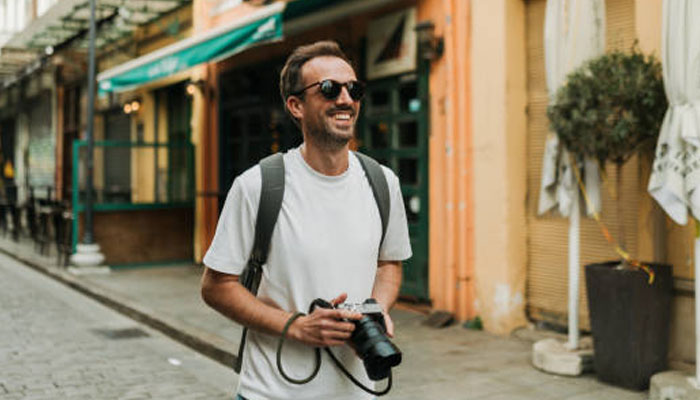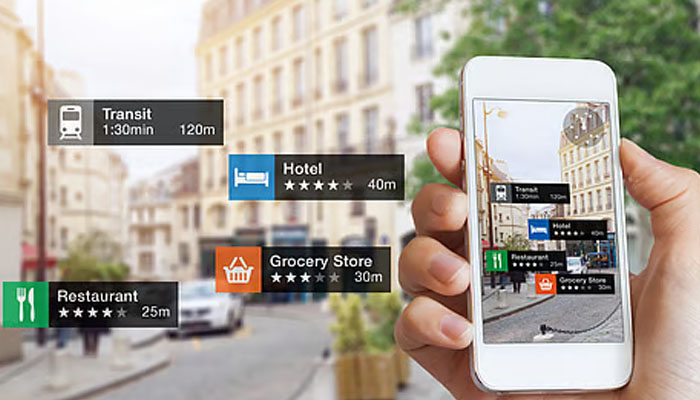
There’s something deeply empowering about traveling alone. You get to set the pace, follow your own curiosity, and maybe even discover sides of yourself you didn’t know existed. But if you’ve never done it before, solo travel can also feel a little intimidating. Where should you go? Will it be safe? What if you get lonely—or worse, lost?
The good news is, solo travel doesn’t have to be scary. With the right mindset and a little planning, your first trip alone can be one of the most rewarding experiences of your life. Whether you’re craving quiet time, adventure, or a break from your everyday routine, here’s how to get started—and enjoy it.
Start With a Destination That Feels Comfortable

When it comes to your first solo trip, comfort is more important than crossing off a bucket list item. Choose a destination that matches your travel style and feels manageable. That could be a charming small town a few hours from home, a relaxed beach city, or a walkable place known for being tourist-friendly.
Cities like Savannah, Georgia, Santa Fe, New Mexico, Portland, Maine, or Austin, Texas are great for solo travelers. They’re safe, easy to navigate, full of culture, and offer the kind of charm and pace that won’t leave you feeling overwhelmed.
Book Accommodations That Make You Feel Safe
Where you stay can have a big impact on how secure and relaxed you feel. Many first-time solo travelers prefer boutique hotels, B&Bs, or well-rated hostels with private rooms. Look for places with good lighting, 24-hour front desk service, and strong reviews from solo guests.
Try to choose accommodations close to the action—restaurants, transit, and sights—so you can walk instead of taking late-night Ubers or unfamiliar buses. Trust your instincts when reading reviews, and don’t hesitate to message the host or hotel staff with questions before you arrive.
Let Someone Know Your Itinerary
Even if you’re an independent spirit, it’s smart to keep someone back home in the loop. Before you leave, share your travel dates, accommodations, and general itinerary with a friend or family member. Check in now and then, even with a quick text.
There’s no need to broadcast every move on social media in real time. In fact, it’s safer to post photos after you’ve left a location, especially if you’re traveling solo and don’t want to attract unwanted attention.
Keep It Simple on Day One

The first day of a solo trip can feel disorienting—new surroundings, new time zones, and no one to bounce decisions off. Don’t feel like you have to see everything immediately. Use your first day to settle in, take a walk, grab a meal, and get your bearings.
Having one small “anchor activity” on that first day—like a food tour, museum visit, or guided walking tour—can help you ease into solo travel with structure and low pressure.
Be Friendly, But Aware
One of the perks of solo travel is how much easier it is to meet new people. Locals, other travelers, and even café owners tend to be more open when you’re on your own. A smile, a simple “Where are you from?” or “Any favorite places to eat around here?” can open doors.
That said, always trust your gut. If a situation feels off, it probably is. Stick to public spaces, watch your drink, and avoid oversharing personal info with people you’ve just met. You can be kind and curious without being too open too quickly.
Use Apps That Make Travel Easier

Your phone can be your best travel companion. Use Google Maps (download offline maps ahead of time), ride-share apps like Uber or Lyft, translation apps, and TripIt or Google Calendar to organize your plans.
For solo dining, Yelp and Google Reviews are helpful for finding cozy spots where eating alone won’t feel awkward. You might even bring a small notebook or book to make solo meals feel intentional rather than uncomfortable.
Dress With Awareness, Not Fear
Blending in often makes solo travelers feel more confident. You don’t have to change your style—but dressing modestly in unfamiliar places or leaving flashy jewelry at home can help you feel less like a target and more like a local.
It also helps to look like you know where you’re going. Before heading out, glance at the map so you don’t have to stop on a street corner and look lost. Confidence, even when faked a little, goes a long way.
Give Yourself Moments to Pause

Solo travel can be surprisingly emotional. Some days you’ll feel totally alive and independent; others, you might feel a little lonely or uncertain. That’s okay.
Give yourself time to pause and check in. Spend an afternoon people-watching at a café. Write in a journal. Take a break from planning. One of the best parts of traveling alone is that you don’t have to fill every moment. You get to rest when you want—and move when you’re ready.
Build in a Little Routine
Too much spontaneity can be overwhelming, especially on your first solo trip. It helps to create small routines, like grabbing coffee from the same place each morning or walking a nearby trail every evening. These small anchors can give your trip structure and help you feel more settled.
Routines also make you feel less like a tourist and more like a temporary local—which is part of the magic of traveling on your own.
